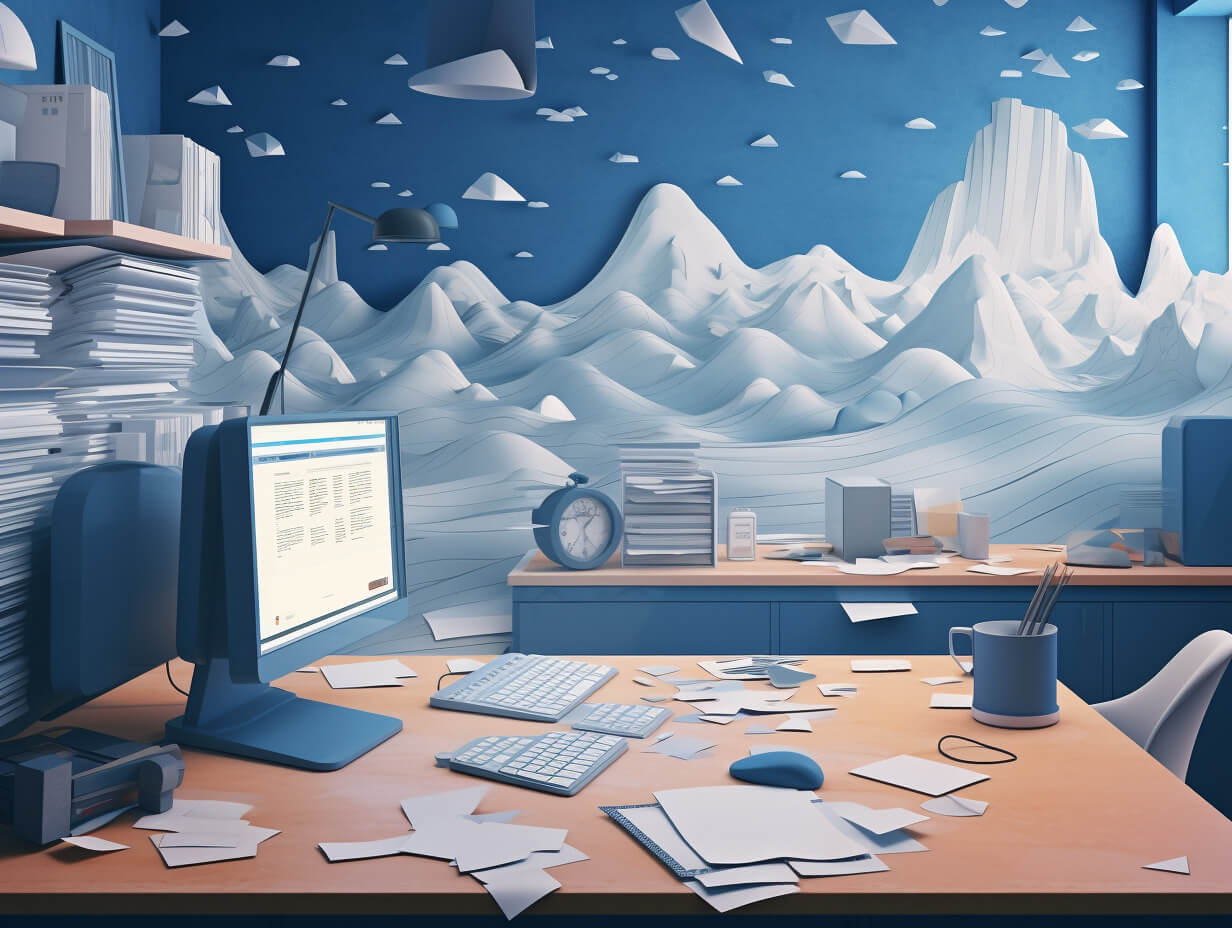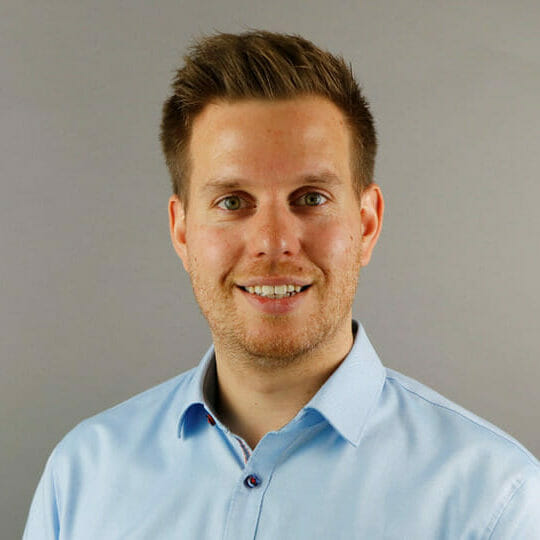Challenges when linking and tracking test cases associated with specific regulatory compliance
Here are the main obstacles that companies face when mapping test cases to individual requirements
- A legacy test database makes it hard to further organise test cases. This is a very acute problem for companies that still use Excel instead of a proper software testing tool to handle test cases. Even if you are using something old, most dedicated test management solutions should at least not get in your way.
- Poor test documentation prevents both proper test categorisation and compliance checks. If nothing in the title or in the description mentions the addressed ISO standard / regulatory demand, how would you find it later?
- Specific test case search can also be a headache. Ever tried finding a specific test case in your compliance suite? Top test management tools let you slice and dice your test library across multiple dimensions – think regulatory frameworks (GDPR/HIPAA), specific clauses, feature areas, or risk profiles. This multi-level categorisation is crucial for audit readiness and compliance reporting. A good system might cut audit prep time nearly in half by letting you instantly pull all tests related to a specific regulation. Start by implementing just 3-4 key tags that matter most to your compliance landscape – you can always expand later.
- Rigid and primitive analytics mean that you will not be able to visually track test cases associated with specific regulatory compliance criteria. Test management solutions still often offer dashboards that only display data pre-picked by the vendor. If the solution does not have a native option for tracking how individual tests help you comply with regulations, visualising a workaround will likely be impossible.
Risk-Based and Continuous Compliance in Testing
Forget static checklists – modern compliance demands a smarter approach. Focus your testing muscle where it counts: on features with the highest regulatory impact. Start with a thorough risk assessment, then tag your requirements and test cases as high, medium, or low risk. This way, critical controls like data security get the attention they deserve.
Here’s a practical tip: don’t save compliance for the end-zone. Weave it throughout your process – early in design (shift-left) and continuing into production monitoring (shift-right). Many teams that adopted this approach have cut audit preparation time nearly in half while catching potential issues before they become expensive problems.
Watch out for the common trap of treating compliance as a one-and-done exercise. The most successful teams make it a living, breathing part of their development culture and not just another box to tick.
Supercharge your QA efforts with a 100% AI-powered solution
Best strategies for tracing test cases to compliance needs
Tracking regulatory compliance in QA requires a mix of ingenuity and competent tools. Let’s look at some of the ways where they come together for a great result.
Applying labels
Using labels is a simple and effective way to mark test cases if your test management solution supports that. Every test can be marked as helping to meet one or multiple regulatory requirements. You can even colour code labels, e.g. green hues cover data privacy while different shades of blue denote ISO standards. Most tools that offer labels would allow you to sort and/or search by them, further tracking regulatory compliance on a per requirement or per project level.
Enforcing test documentation requirements natively
It’s human nature to leave out the small details, promising to add them some time later. Besides, software development and QA are designed to have more tasks than fit into one’s schedule. With that in mind, how do you make colleagues consistently lay the groundwork to link test cases associated with specific regulatory compliance? The answer is simple: workflows.
Maximize regulatory compliance by linking your test cases to structured workflows. Sure, mandatory fields help capture requirements, but don’t stop there – implement electronic sign-offs and role-based controls to truly bulletproof your validation process. This approach not only maintains data integrity but satisfies documentation requirements that regulators increasingly scrutinize. A common mistake? Overlooking the approval chain hierarchy – get that right, and you’ll cut compliance headaches nearly in half.
Making compliance a separate requirement
We have so far primarily covered the approach of using compliance test cases alongside other tests for a feature. But what if you track compliance via requirements?
This approach has a number of benefits. You will be able to create specific test cases just to cover one industry standard or regulatory demand. Tracking tests for a dedicated requirement could be easier than navigating regular and compliance tests for a feature-related requirement. Analytics will be cleaner as well.
Creating a compliance-conscious view
Tracking what test covers which requirement can be tricky, especially if you are using a QA solution that does not support requirements management. The UX can mandate more clicking than necessary as well, making you check cards for every requirement to quickly find test cases. This increases the odds of letting a regulatory demand slip past you.
The straightforward answer here is creating a TMS workspace view that prioritises traceability. You should be able to see the requirement and tests covering it on the same screen. Ideally, you should be able to do that even when testing and requirements management happen in different tools. These elements remain interconnected – you should absolutely have this information at your disposal. Beyond basic operations, strong traceability (linking requirements to tests, executions, and defects) proves essential when regulators come knocking for those audit-ready matrices they expect. Pro tip: start by mapping just one critical requirement through its complete lifecycle – this small step often reveals surprising gaps in your documentation approach.
All these strategies require using a proven tool, especially if regulatory compliance is not your especially. Look no further than aqua, an AI-powered test management solution used by 40+ banks and government agencies. The portfolio even includes BaFin, the German regulator for the IT side of traditional businesses.
aqua offers the following functionality for simplified traceability:
- Test case coverage tab displayed right on the requirements overview
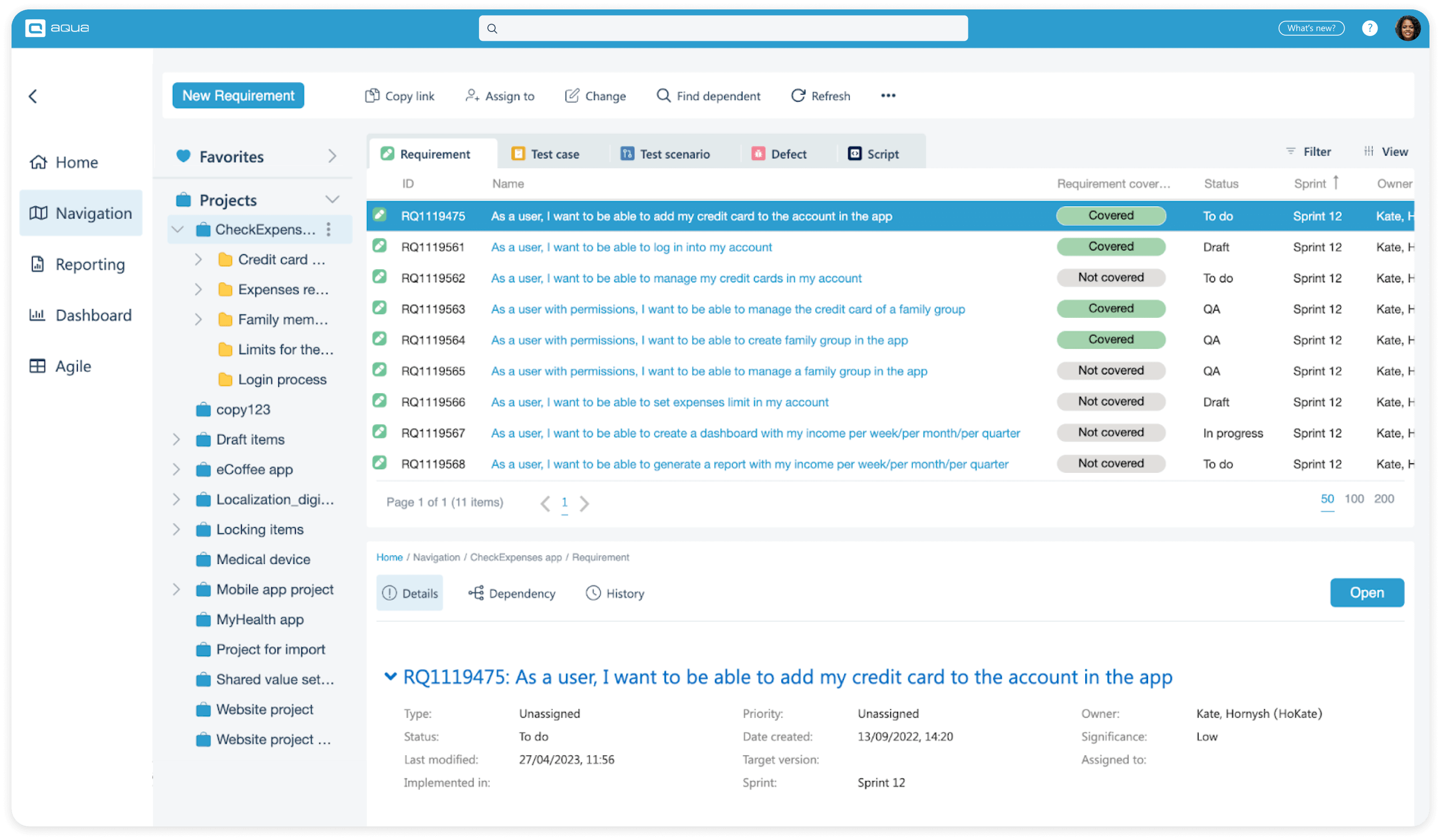
- Labels for denoting compliance testing coverage

- Flexible folder structure to group requirements and test cases the way you want
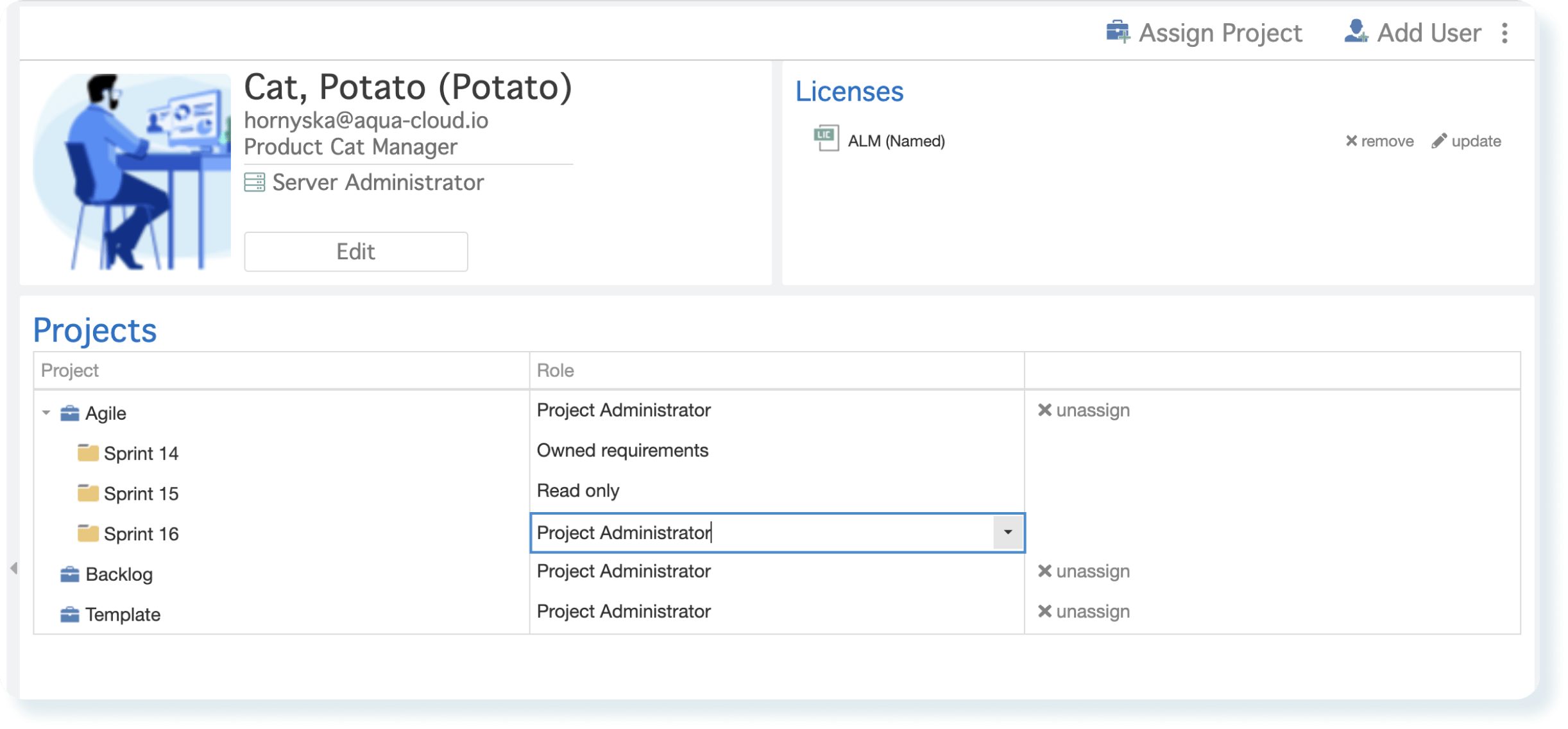
- Custom workflows to mandate compliance documentation and supervisory signoffs
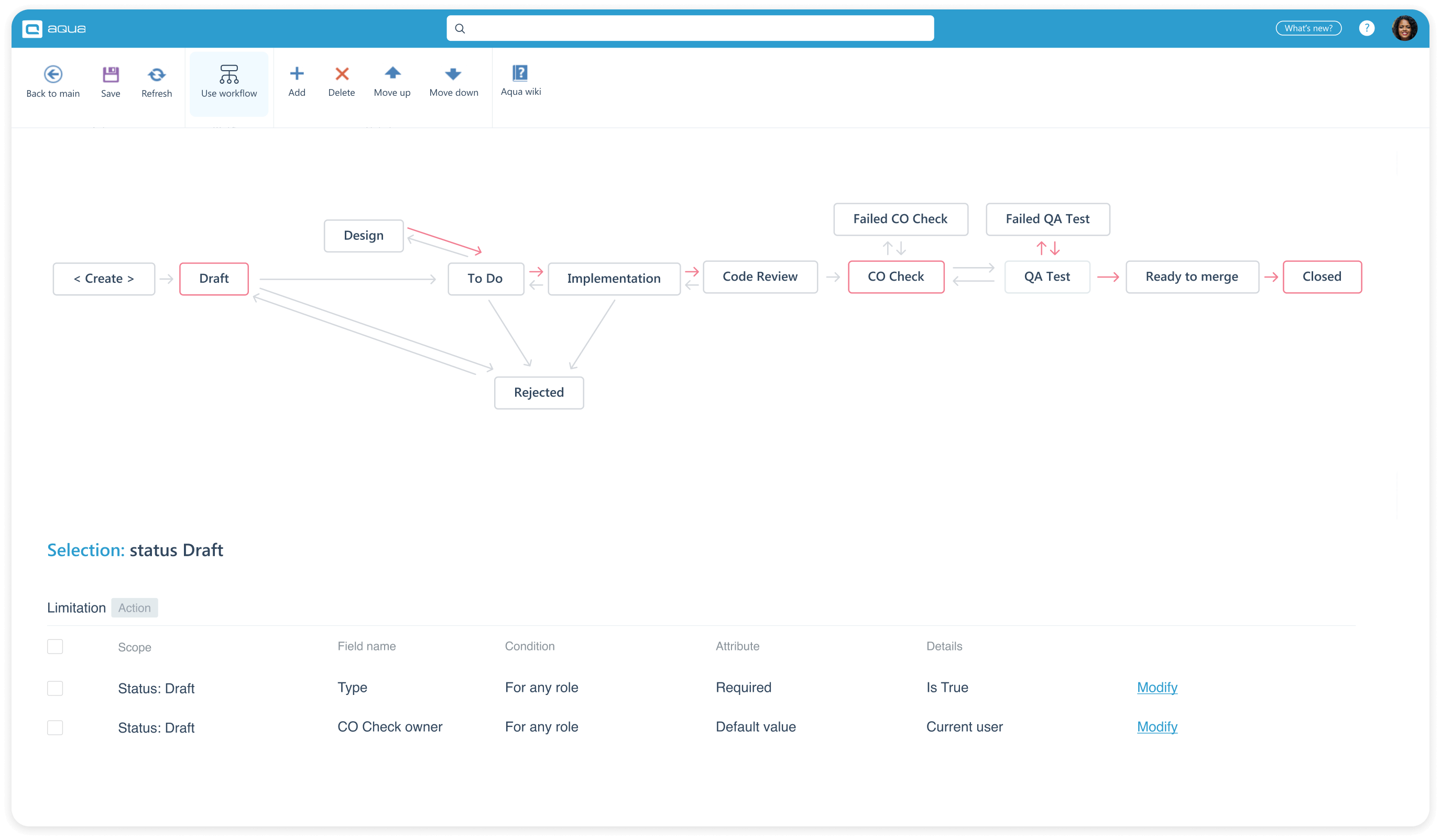
- Dashboard with any data to visualise compliance coverage

- Reports wizard to describe and auto-update compliance coverage with any scripts, images, or texts
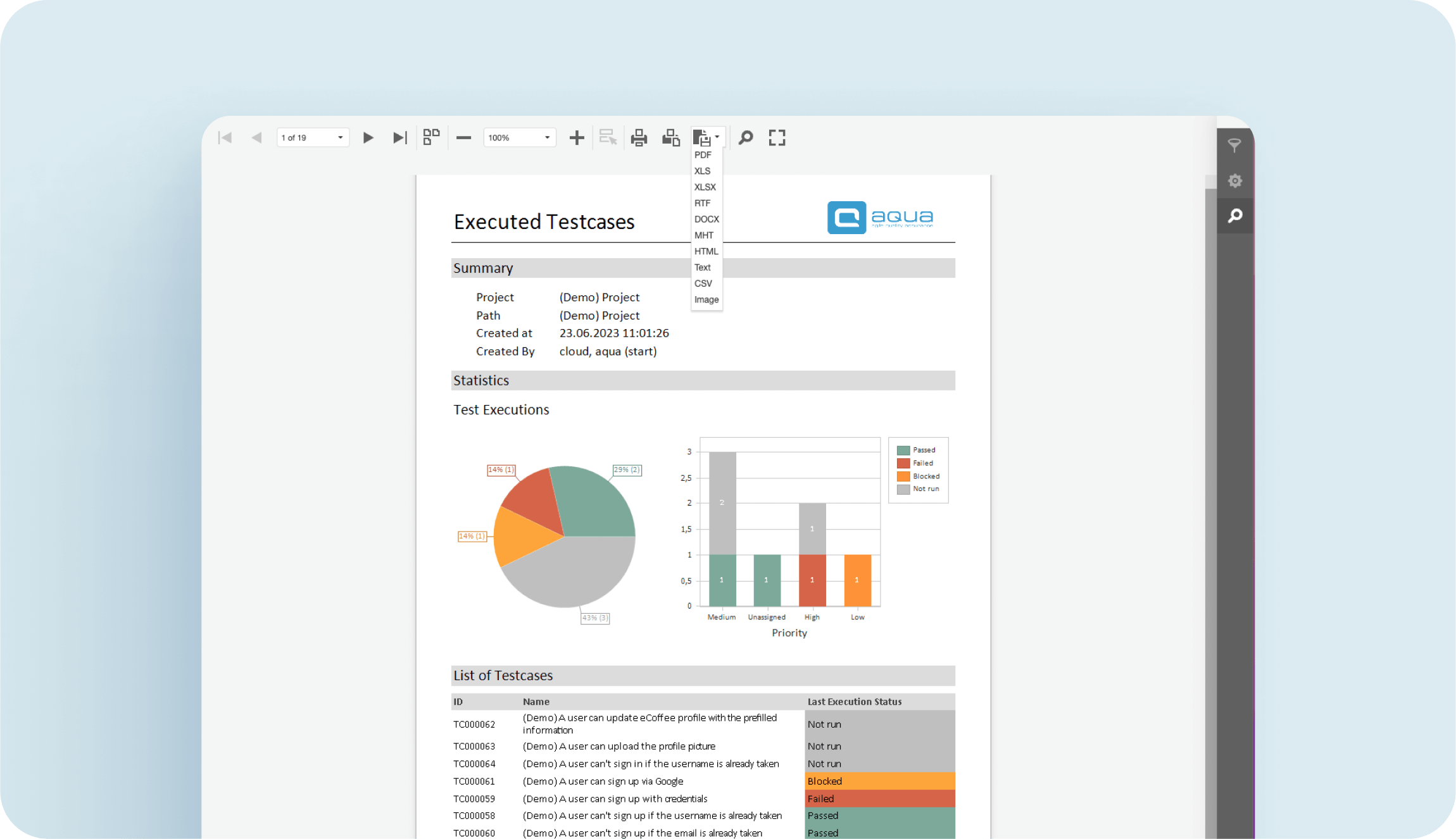
The ultimate solution for QA traceability and compliance
Proving Compliance: Documentation and Audit Readiness
Acing regulatory audits are rock-solid documentation and test evidence that speak for themselves. Start by building detailed traceability matrices that connect requirements to test cases. Back this up with thorough test logs that include screenshots, system outputs, tester names, and precise timestamps. A practical first step? Pick a modern Test Management System that supports electronic sign-offs – you’d be surprised how many teams skip this simple fix. Quality documentation with proper version control gives you confidence during those surprise inspections that make everyone else sweat. Your goal isn’t just checking compliance boxes; it’s having the evidence ready to prove you’ve met or exceeded standards at a moment’s notice. Many companies that implement these practices find their audit prep time cut nearly in half.
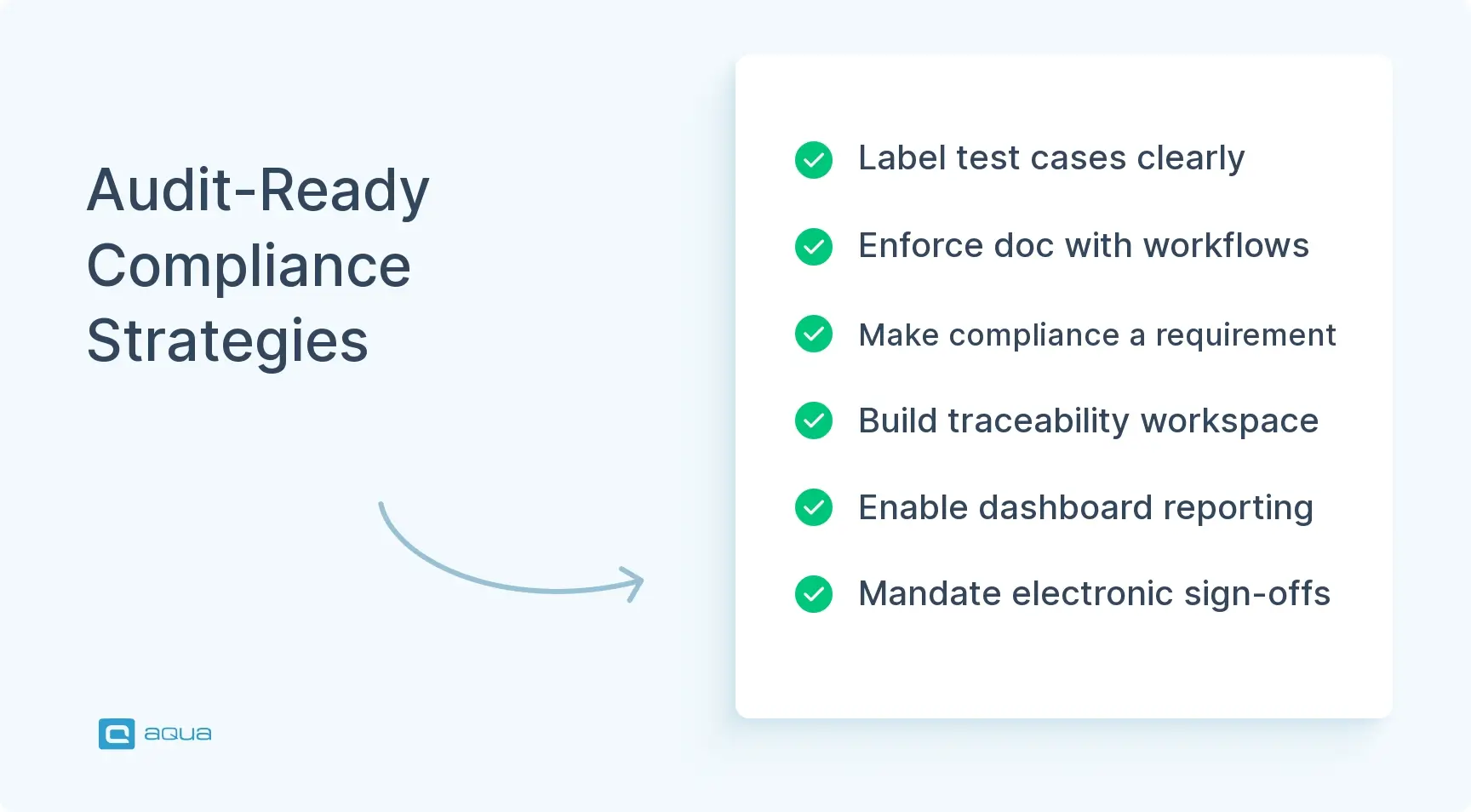
Conclusion
Adapting your QA processes to meet regulatory requirements proves difficult, especially when doing that for the first time and/or using the wrong tools. But when the situation dictates that you comply or perish, you can either let things be and hope to fly under the radar — or be brave and take action. The action here would be to educate yourself, adapt, and make sure your testing is compliant.
Fortunately, there are solutions that simplify both becoming compliant and staying so. A great example here is aqua, a test management solution with a separate traceability & compliance module. It covers every challenge described in this article without a headache.
Solve all compliance challenges in no time














